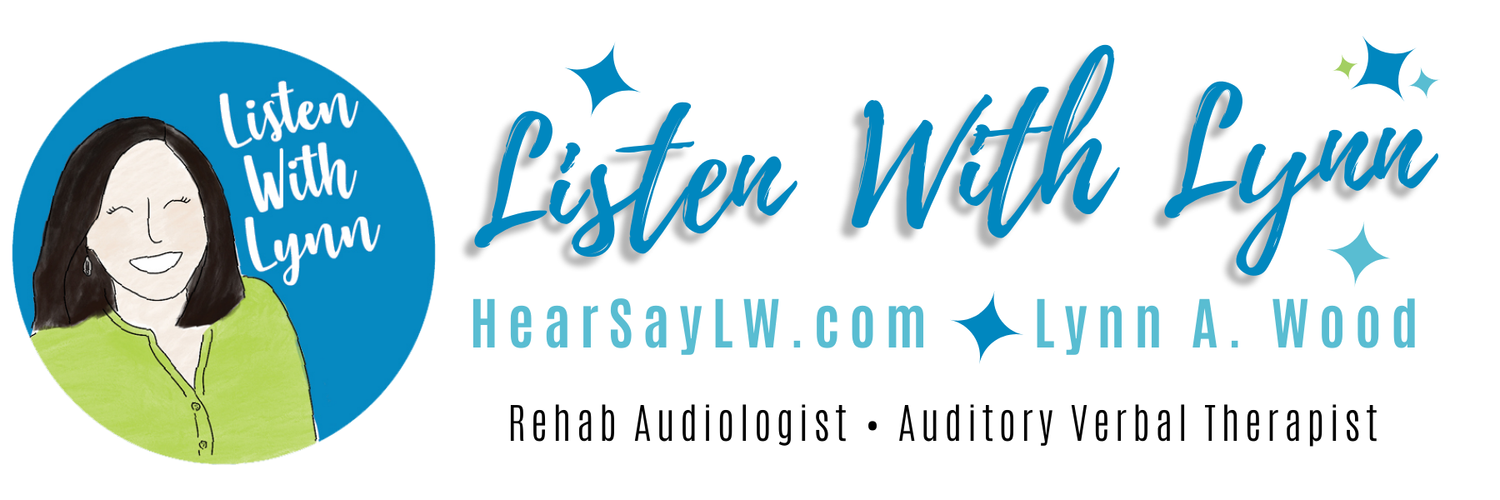 |
| HERE |
30th Anniversary Oberkotter Foundation Video
GIVING THE GIFT OF LISTENING AND SPOKEN LANGUAGE

By Lynn A. wood
Consultant on the HEARING FIRST TEAM
Republished with permission from Hearing First.
This holiday season, we’re celebrating the gifts that help your child achieve their full potential. When you begin implementing LSL strategies for your child who is deaf of hard of hearing, you are giving them more than just a single gift, you’re giving them opportunities that can set them up for a lifetime of success. Take a look at our favorite gifts that create spoken language.
About Hearing First
The Hearing First website is a multimedia digital experience and connection point designed to link families who have chosen Listening and Spoken Language (LSL) for their children with hearing loss and the professionals who work with them with the resources, information, tools, community and learning experiences they need to ensure the children in their lives succeed.
Visit
or click here to learn about the
Milestones in Action - a FREE Library of Photos and Videos of Developmental Milestones
Sound Localization and the Musical Elf on the Shelf Hide and Seek Game
Sound Localization and the Musical Elf  |
| Available to purchase: |
Hide the musical and talking elf from your child’s view somewhere in a room.
- Using two different musical toys, hidden from the child’s view, locating one to the left of the child and one to the right side of the child. Then, make a sound with each instrument in varied sequence, ask your child to identify which instrument is on which side. You can do this with Mom's vs. Dad's voice as well.
- At the dinner table or while playing games help your child locate who is speaking. Your entire family can help the child learn to locate and follow then natural flow of
- conversation.
- Playing hide-and-seek indoors (e.g. room or house), hiding yourself and calling out to your child to find you. This task may be varied by taking turns between hiding and searching.
- Games in a group, such as “Blindman’s Buff ” or “I Spy” (with sounds), hand clapping games are ideal for practicing sound localization in a playful way.
- Teach your child that is hard of hearing to be extra alert visually in crowds, walking near cars, crossing streets, riding bicycles, and in group games. Remind your child to look for traffic and not to depend on hearing oncoming vehicles. If your child rides a bicycle, consider rear-view mirrors to help him see traffic he might not hear.
Sample Localization GOAL with Benchmarks
"Sound Localization Tips and Information for users of Cochlear Implants"
A great listener at the Auditory Verbal Center of Wheaton



